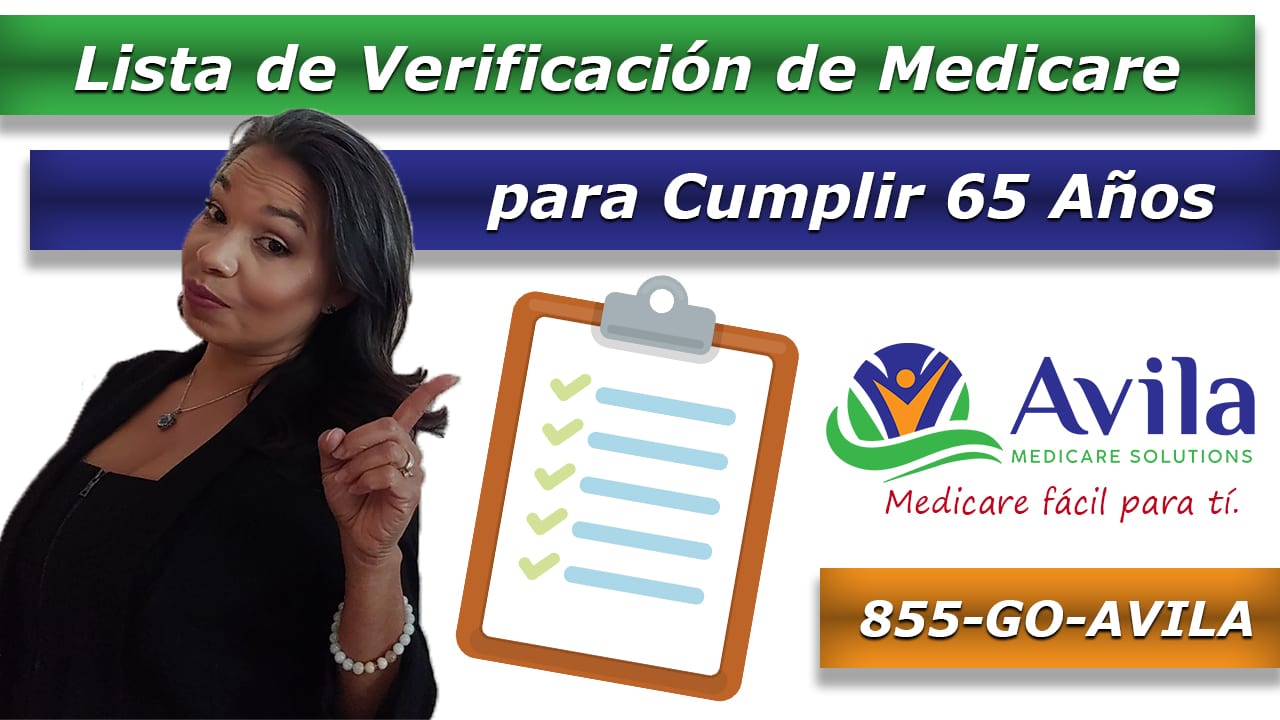Menu

Date of publication:
January 6, 2021
Medicare 65th Birthday Checklist
The reality is that for most people turning 65, the transition from the regular health care market to Medicare can be overwhelming. Below, we share a Medicare checklist to avoid potential pitfalls and help make Medicare easier for you.
1. Mark your calendar
Medicare enrollment is restricted to specific enrollment periods. When you turn 65, you have the longest enrollment period, known as the Initial Enrollment Period (IEP). This period includes the month of your 65th birthday, as well as the three months before and after your birthday, for a total of seven months.
Failure to enroll during this period may result in penalties and increased costs and may create a gap in your health care coverage. It is extremely important that you mark the start and end dates of this important enrollment window on your calendar as it certainly ensures you complete enrollment during this time period. If your birthday is, for example, April 15, you have January, February, March, April, May, June, and August to enroll. Ideally, you should enroll during the first three months so that you don't fall behind and start your coverage on the first day of your birthday month.
Verify the registration status of your Parts A and B.
Some people are automatically enrolled in Original Medicare, Parts A and B. Some people are not and must apply. Some are not and must apply. Here is a brief overview to help determine if you may be enrolled.
If you will receive Social Security benefits before your initial enrollment period (4 months before your birthday): you may be automatically enrolled in Parts A and B, and you should receive your Medicare card in the mail three months before your birthday.
If you will not receive Social Security benefits before your initial enrollment period: You may have to enroll in Medicare through the Social Security Administration.
(If necessary) Enroll in Medicare Parts A and B
If you need to enroll in Medicare Parts A and B before your 65th birthday, you must apply through the Social Security Administration using one of these methods:
- Online at www.medicare.gov.
- In person at a local Social Security office (call ahead to make an appointment).
- By telephone: 1-800-772-1213 (TTY: 1-800-325-0778)
If you have completed all of these steps and are successfully enrolled in Medicare Parts A and B, you will have basic Medicare coverage (Original Medicare) that may be sufficient for you. However, Original Medicare does not cover all health services and leaves you with a 20% gap as it covers only the 80% of physician and hospital services. We recommend the following steps to make sure you have coverage that fits all your needs.
3. Make a list of doctors
One of the frustrations many people feel when making changes in their health care is that their doctors may not be covered in their new health plan. Therefore, when you are ready to review your Medicare options and choose a plan, make sure your doctor is covered by the plan you have decided to use. Not all doctors accept Medicare and Medicare Advantage plans often have networks of doctors. Having a list of your doctors on hand makes it easier to verify if they will accept your new insurance. If you opt for a Supplemental plan, you will be free to visit any general practitioner or specialist nationwide who accepts Medicare.
4. Make a list of recipes
Each Medicare plan offers different prescription drug coverage, often on a list called a formulary. When evaluating plans for better coverage, it is extremely important that you compare prescription drug costs. Having a prepared list will simplify this process and help you save money.
5. Investigate additional benefits
In addition to Original Medicare, you may want to join a Medicare Advantage, Supplement or Prescription Drug plan. Some Medicare Advantage plans, for example, have extra benefits without additional premiums. Plans are specific to your zip code and plan benefits and costs vary.
You can compare plans through our online portal The Avila Medicare Plan Store or call our toll free number 855-462-8452Monday through Saturday from 8 a.m. to 5 p.m. Central Time. By contacting us, you will have more information about the different plan options so you can make an educated decision about your health care.
If you find a plan that is right for you in addition to Original Medicare, be sure to join that plan before the end of your Initial Enrollment Period. Enrollment periods for those plans are also limited.

